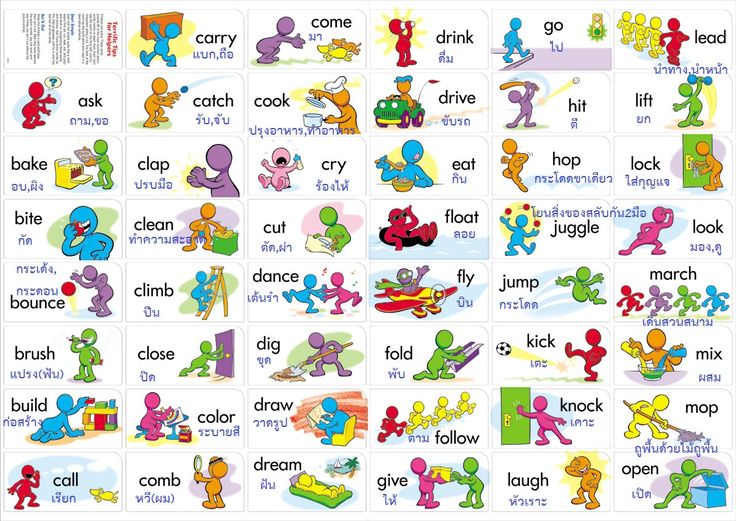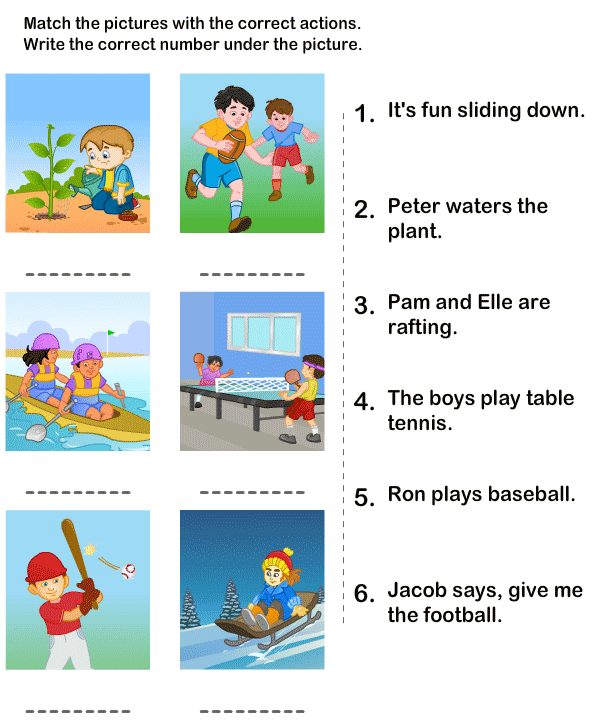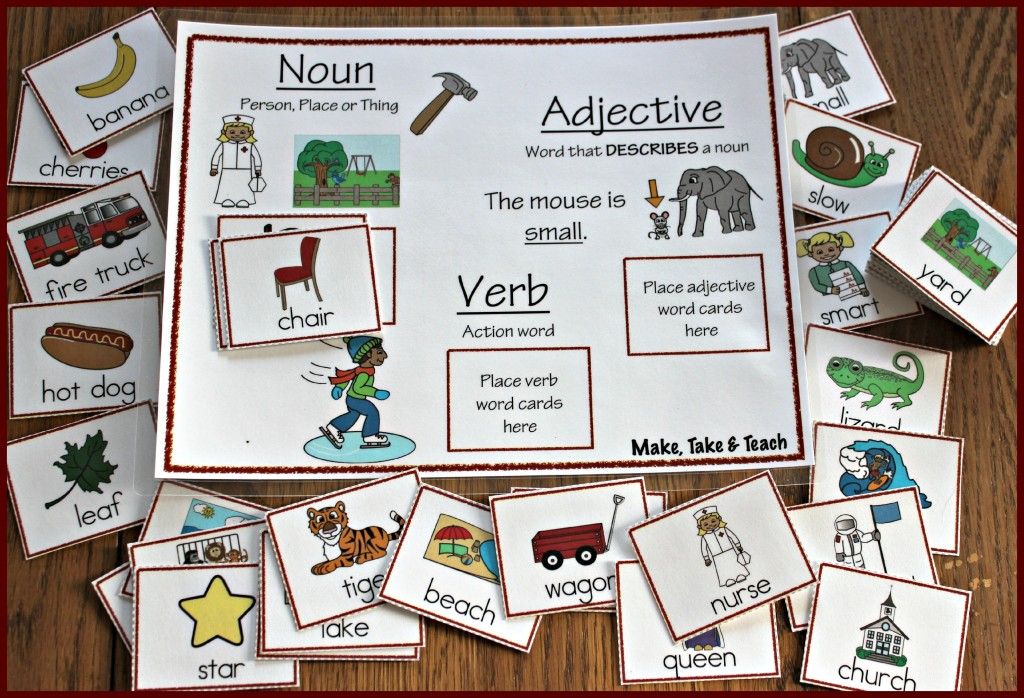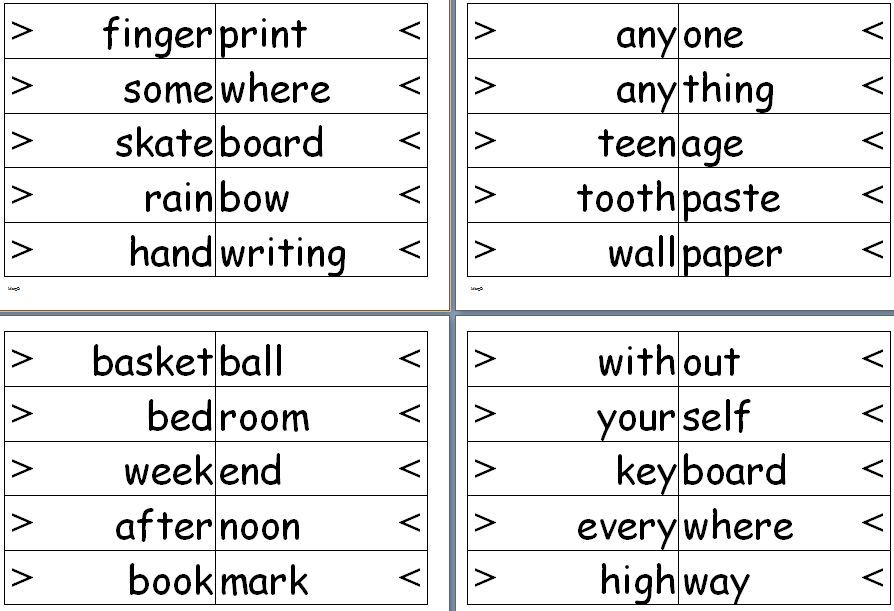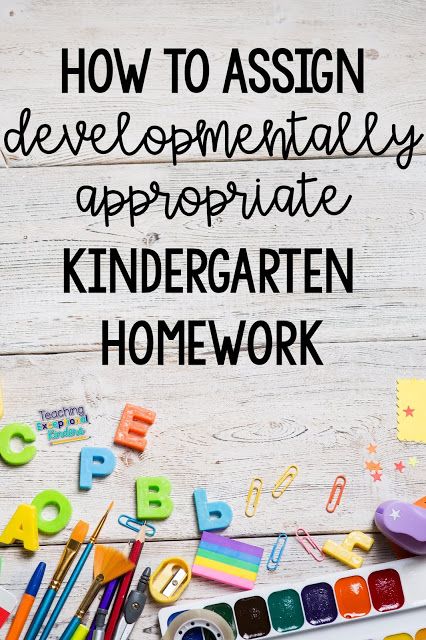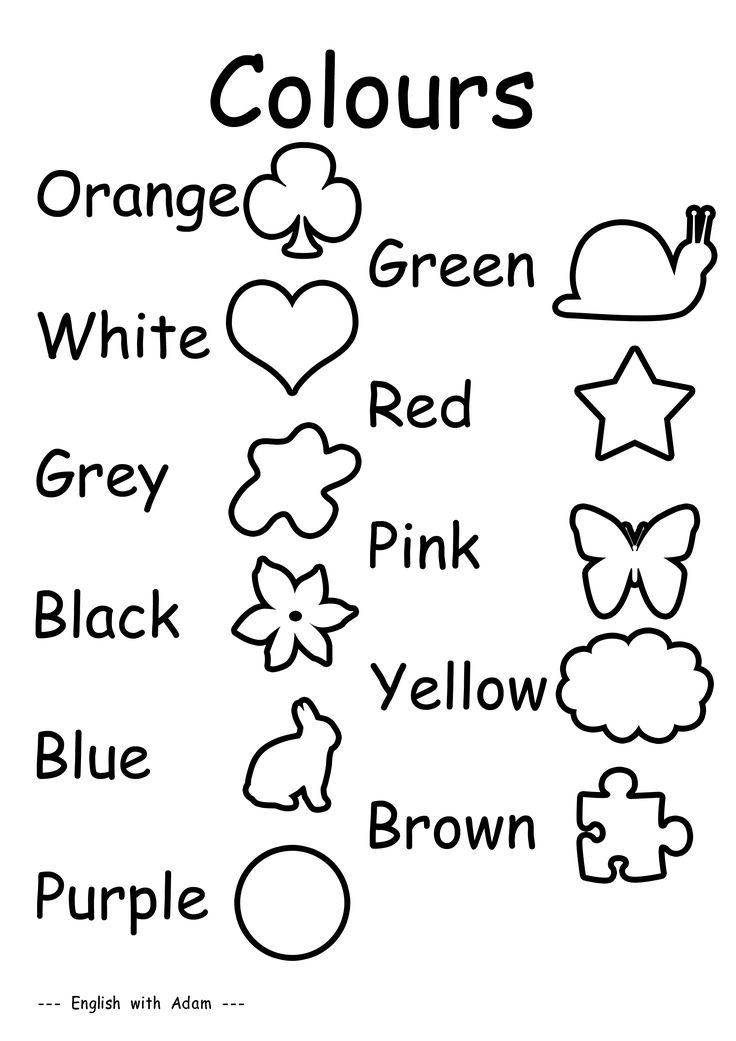What does my lexile score mean
Introduction - Reading and Lexile Scores
What is a Lexile Score?
A Lexile score is a standard score that matches a Grade 1-12 student’s reading ability with the difficulty of the reading material.
When the reader's score and that of the reading material are the same, the student is expected to read with 75% comprehension – difficult enough to be challenging without undue frustration and to encourage reading progress.
Scores range from 200 to 1700.
Lexile measures are a measure of text difficulty. They do not address age-appropriateness, student interest or the quality of the text.
Google does not use Lexile scores, and while in the past Google Advanced Search used to rate websites as beginning, intermediate or advanced reading level - Google no longer offers this feature. However, an alternative way to search and obtain results with reading levels marked is here: Choosito.com Search.
This site http://www. lexile.com/ will let you enter your lexile level range and find a list of books that not only meet your lexile requirements, but your interests, i.e. social issues or technology, and your age range. However, the age range is limited to 18 years and younger. You can also see if a particular book is listed to learn the lexile level.
Sample Lexile Texts
Examples of Reading Levels
This Lexile map shows texts matched to levels of reading ability. The literature titles and reading selections are examples that range from 200L to 1700L on the Lexile scale.
Lexile Grade Level
Lexile-to-Grade Correspondence
Student's Guide to Lexiles
This guide gives Grades 1-12 students practical information about Lexiles—what they are, what they mean, and how students can use them to find reading materials that match their reading abilities and interests.
Perhaps you already recognize the term “Lexile” as the reading level number for an article in an EBSCOhost database search. Or maybe you know that a Lexile is a measure of your reading ability based on your score from a reading test. But do you know what the number really means?
How Can Lexiles Help Me Find Reading Materials?
Lexiles can help you find books and articles based on your individual reading ability and interests. For example, if you are a 980L reader, you should be able to read and understand most texts at this level. It is best to find materials within a range of 100L below and 50L above your Lexile measure. Texts below 980L will be easier to read; texts above 980L will be more challenging.
I don’t know my Lexile measure. Can I get a Lexile measure from EBSCOhost, based on the magazines I like to read?
If you or your teachers do not know your actual Lexile measure, you can use a school library or public library EBSCOhost database to estimate your reading ability.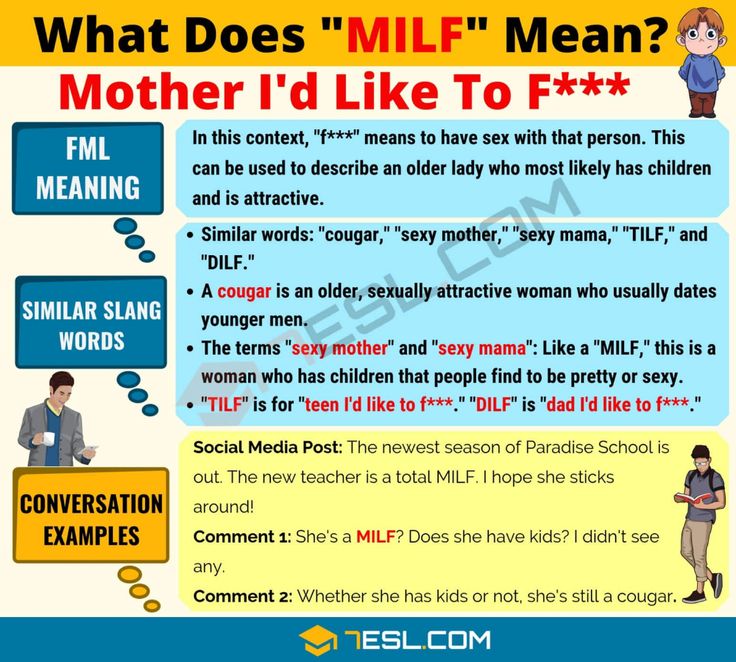 Log into EBSCOhost on your library’s computer and choose a database with Lexiles, such as Primary Search, Middle Search Plus
or MAS Ultra. On the Basic Search screen, check Full Text, then type in a magazine name in the Publication field. Click Search. EBSCOhost will bring up all of the articles from that magazine. Each article will have a different Lexile measure, which will give you a general idea of the magazine’s reading level.
Log into EBSCOhost on your library’s computer and choose a database with Lexiles, such as Primary Search, Middle Search Plus
or MAS Ultra. On the Basic Search screen, check Full Text, then type in a magazine name in the Publication field. Click Search. EBSCOhost will bring up all of the articles from that magazine. Each article will have a different Lexile measure, which will give you a general idea of the magazine’s reading level.
Lexile Framework for Reading GL Education Group (April 14, 2011)
Examples of Reading Levels (Framework)
This Lexile map shows texts matched to levels of reading ability. The literature titles and reading selections are examples that range from 200L to 1700L on the Lexile scale.
Lexile Framework for Reading for Parents and Educators
The educators and researchers at MetaMetrics created the Lexile Framework for Reading to transform the world of education with a research-driven, scientific system to help all readers navigate the path to success in school, college and careers.
Reading
QR Code
Scan the above QR Code with your QR code reader to access this page on your mobile device.
Lexile Levels: What to Know
If your child comes home from school with a report on Lexile level or measure, you may wonder what that number means.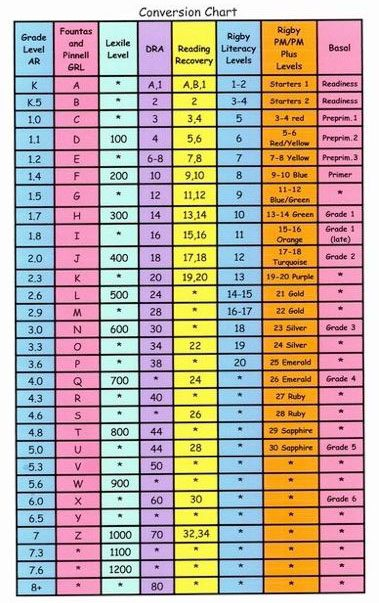 This measure, which is called the Lexile score, assesses your child’s reading level.
This measure, which is called the Lexile score, assesses your child’s reading level.
The Lexile measure is part of the Lexile Framework for Reading. It’s used with students from first through 12th grade.
There are a number of systems that match readers with texts at the right level of difficulty. But Lexile is widely used, and many students will find the books in their classroom organized by Lexile levels.
How Lexile matches readers with reading materials
The point of the Lexile system is to find the right level of reading material for students. The match is based on reading ability, not grade level in school. To make the match, the program assigns levels both to readers and to texts.
Students get a Lexile score after doing a reading assessment. Books and other texts get a Lexile level of difficulty that’s generated by special software. To find a book at the right Lexile level, a student will look for a book with a Lexile level that falls within a certain range — from a little below to a little above the student’s level.
Lexile can give you a sense of your child’s reading ability. But it shouldn’t be used as a way to compare your child to other kids the same age. Also, your child’s score doesn’t take into account other factors that go into finding a good match. These include motivation, interests, and background knowledge.
Lexile assessments and results
Your child’s Lexile level can be generated from various assessments. Each one looks at a different aspect of reading. The Scholastic Reading Inventory tests measure reading comprehension, for instance. The Aimsweb fluency assessment looks at how many words a child is reading correctly per minute.
If your child’s Lexile falls within a range that concerns you, ask the school which test or tests it used to come up with this level. If one assessment shows that your child reads slowly, it doesn’t necessarily mean there’s a problem with understanding the text.
The Lexile system isn’t a test to identify learning and thinking differences.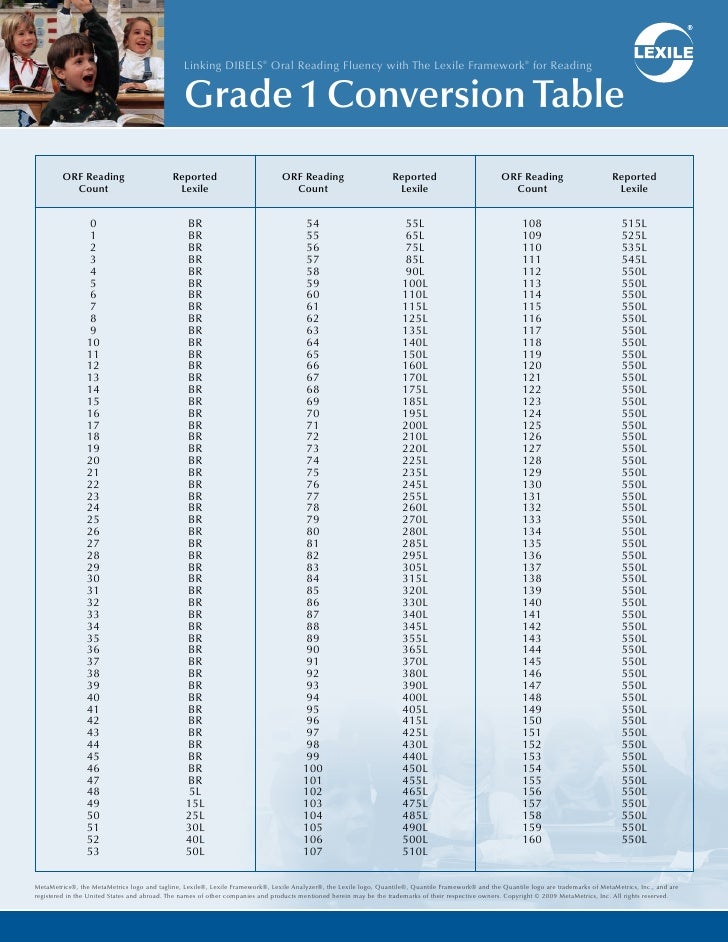 It’s simply a guide to help kids find books at the right reading level. But Lexile level can be one way to monitor the reading progress your child makes over time.
It’s simply a guide to help kids find books at the right reading level. But Lexile level can be one way to monitor the reading progress your child makes over time.
When kids have trouble with reading, it’s important to know why. A full evaluation can pinpoint exactly where your child struggling. This might lead to targeted specialized instruction in reading through an .
Learn about the types of tests used to identify a child’s reading challenges. And watch as an expert talks about how to choose books for kids who struggle with reading. You can also discover tips to improve your child’s reading comprehension and learn more ways to encourage reluctant readers.
Key takeaways
The Lexile system can help predict which books a student will be able to read and understand.
Lexile assessments can’t identify learning and thinking differences.
Lexile measures are one way to help monitor your child’s reading progress.

How to choose books for learning English
How to make your child's English teaching more effective? There are many answers to this question. However, the wise old truth that the book is the best friend and teacher has not yet been canceled. Reading in a language is one of the most tried and true ways of learning. But its effectiveness can be reduced to zero if the texts are chosen incorrectly. How to choose books in English for a child, so that they do not crush him with their complexity and do not turn out to be too simple? The Lexile system can help parents solve this problem.
We often complain that a child does not like or want to read. In addition to the harmful effects of computer games and TV, the reason for not liking books may be that the child is offered to read incorrectly selected literature. Undoubtedly interesting content is a very important stimulus for reading. But it is equally important to correctly correlate the level of presentation of the text with the level of the language at which your child is now.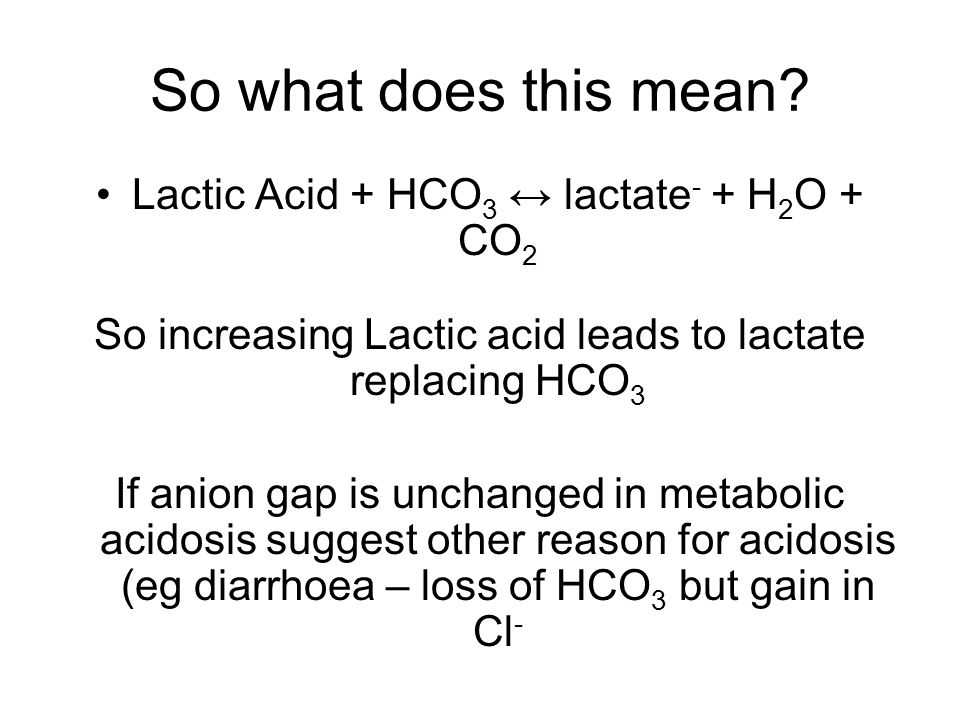 The book should not be too simple or too complicated. It should be written in such a language that reading does not turn into “torture with a dictionary” for the child, but on the other hand contains new words and speech turns. Lexile helps in the selection of such literature.
The book should not be too simple or too complicated. It should be written in such a language that reading does not turn into “torture with a dictionary” for the child, but on the other hand contains new words and speech turns. Lexile helps in the selection of such literature.
In many countries, including Korea, foreign literature libraries conduct Lexile tests for readers and then help select the most appropriate books to read in English. More and more parents send their children to "Reading Clubs" at libraries, where language learning takes place using literature selected individually in accordance with the student's Lexile level. Many believe that such training is much more effective than the usual system, when a child reads texts from textbooks designed for some abstract “average student”. The most important positive effect that parents notice almost immediately is that children begin to read in English with pleasure! My children are still toddlers and do not read on their own yet.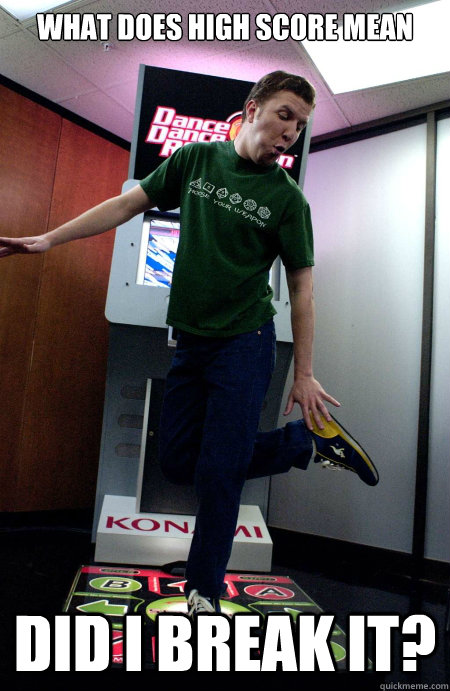 But this system interested me, and I decided to learn more about it.
But this system interested me, and I decided to learn more about it.
In a nutshell, Lexile is a computer program that allows you to analyze texts and assign them a certain rating according to the level of difficulty. In addition, there are special Lexile tests for readers that assess the level of knowledge of the language. Thus, the system allows you to select literature that is optimal in complexity for reading, so that the reader and the text are approximately on the same level. Almost all English-language children's literature, school textbooks and texts in the US are analyzed using this program. The Lexile system is used in teaching English in more than 165 countries around the world. Lexile rating allows parents to evaluate how difficult a particular book is to understand and how suitable it is for their child to read. At the same time, this method has a remarkable property - it does not care what language to evaluate the texts in. To date, the Lexile database contains hundreds of thousands of books, articles and websites in English and Spanish that have been assigned a Lexile rating.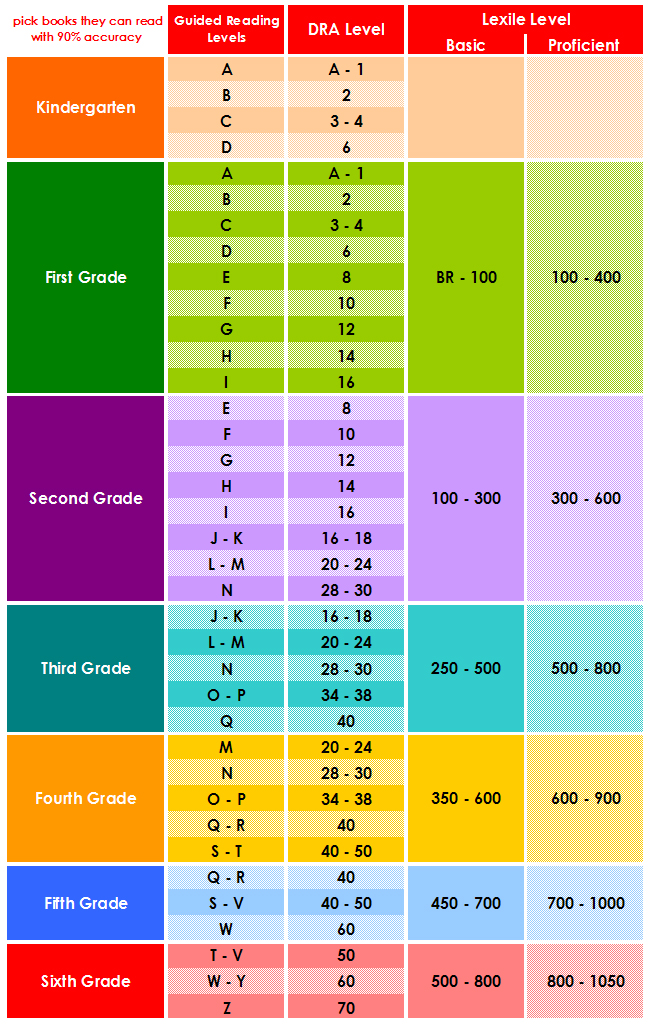
The program is based on complex mathematical algorithms. With their help, the semantics and syntax of the text are evaluated, the length of sentences, the frequency of words and their complexity, etc. are taken into account. When developing Lexile, psychometric data was also used, obtained as a result of research by scientists from leading US universities (Dr. John B. Carroll (UNC-Chapel Hill) and Dr. Benjamin Wright (University of Chicago), Dr. Donald S. Burdick, associate professor emeritus of Statistical Science, Duke University).
For more than 10 years, this system has been recognized in America as an effective, scientifically based method for evaluating texts and a useful tool in the educational process. The program is used in almost all US educational institutions from kindergartens to colleges. Lexile, as usual, has its opponents. Dr. Elfreda Hebert, professor of psychology at the University of California, believes that the system "programs" the reader to offer only literature of a certain level for reading, and cannot be used to objectively evaluate literary texts.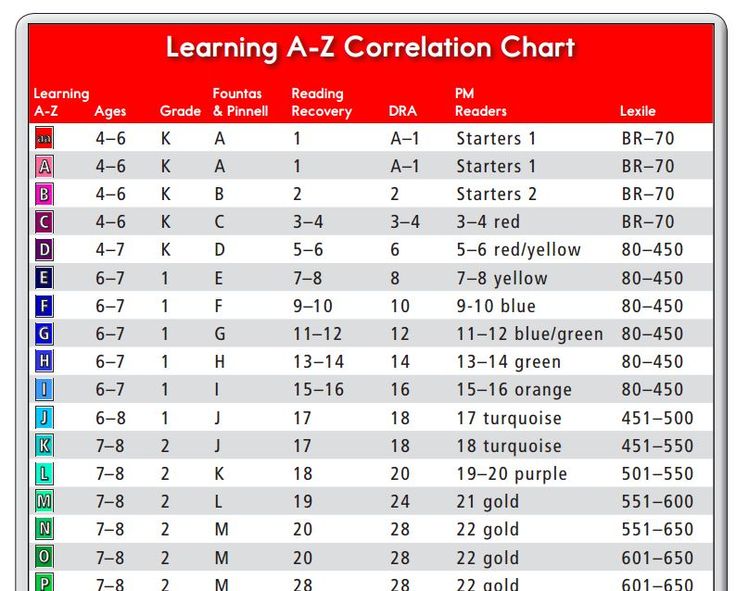 This point of view has serious justifications. But the system was not created to assess the artistic value of literary works. The task of Lexile is to determine the complexity for the perception of a particular text. The developers of the program from MetaMetrics say that Lexile is not an educational program, just as a thermometer is not a medicine. The Lexile program is just a tool that can be useful when learning a language.
This point of view has serious justifications. But the system was not created to assess the artistic value of literary works. The task of Lexile is to determine the complexity for the perception of a particular text. The developers of the program from MetaMetrics say that Lexile is not an educational program, just as a thermometer is not a medicine. The Lexile program is just a tool that can be useful when learning a language.
As it turned out, you can use Lexile ratings on your own. This is a convenient way to select English-language literature for children and adults who are learning a language, even if they don't take the Lexile test.
There are special Lexile cards that can be used to determine the reader's approximate Lexile level. Here is one of the latest maps from the official Lexile website. http://www.lexile.com/m/cms_page_media/135/Lexile%20Map_8.5x11_FINAL_1.pdf
Have the child read the passages in the left column. A comfortable reading of the text means that the child understood what the event was about and who participated in it, but did not understand several descriptive epithets or clarifications.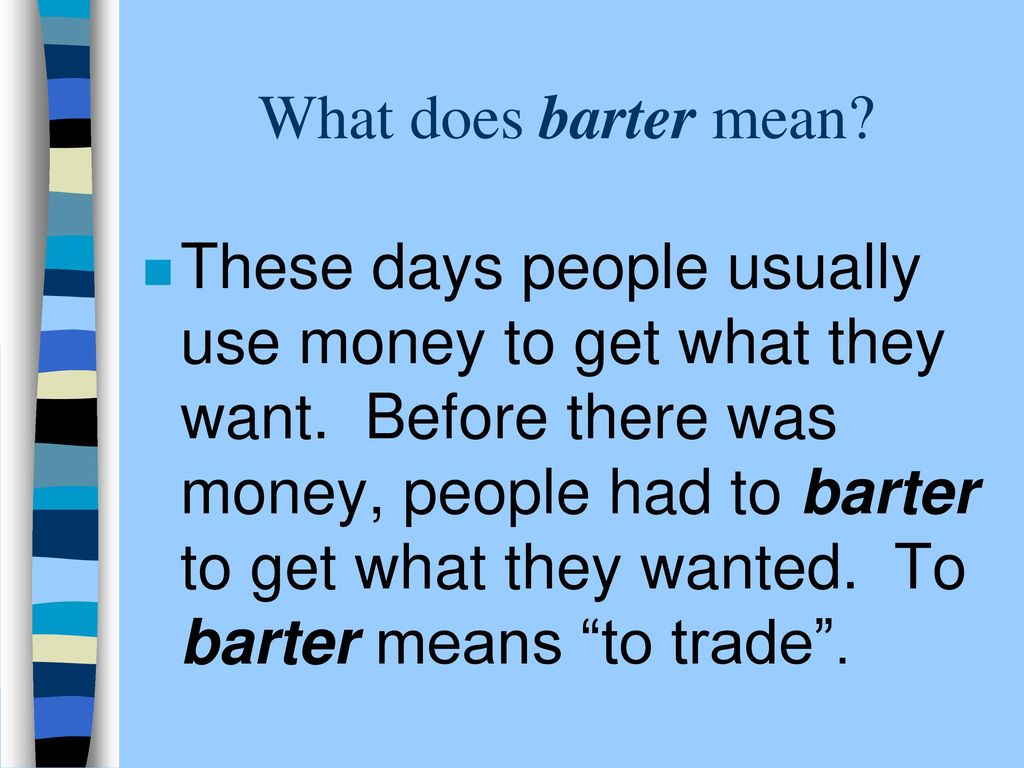
An indicator of 100 points means the text of the first level of complexity, and 1600+ is the level of complexity of the text of Supreme Court decisions, scientific journals, etc. MetaMetrics believes that a reader who scores 600 points will be able to understand the content of the text by 75%, level the complexity of which is also 600 points. So, if the child understood the text from the left column by 75%, this text corresponds to his level of knowledge of the language. Of course, it is impossible to independently determine the exact Lexile level of the reader, but you can roughly figure out in what range to look for suitable texts. A little lower in the map there is an approximate gradation of the Lexile level by age (years of schooling), but it is designed for American schoolchildren who are native speakers.
In the right column there are examples of books corresponding to the given Lexile level. We have successfully read the text from the left column, determined the approximate Lexile level at which the child is located, now we can start reading books corresponding to this level from the right column.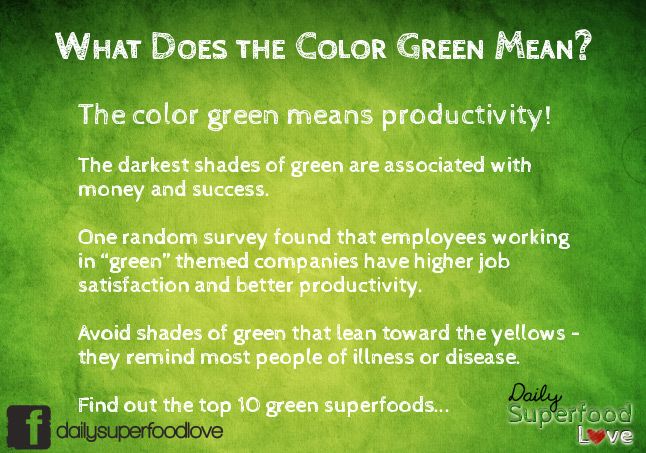 If there were no books interesting for the child in this list, it's okay. Go to http://www.lexile.com/fab/ and enter your child's approximate Lexile level into a search engine. The system will issue a list of sections with books corresponding to the entered level. It is considered optimal to read books ranging from 50L (lexiles) above your level to 100L below your level. There are a lot of thematic sections, everyone can find here books to their taste. You can also search for your favorite books or authors. To find out the Lexile rating of a book, you just need to enter its title or author in the search bar on the website www.lexile.com
If there were no books interesting for the child in this list, it's okay. Go to http://www.lexile.com/fab/ and enter your child's approximate Lexile level into a search engine. The system will issue a list of sections with books corresponding to the entered level. It is considered optimal to read books ranging from 50L (lexiles) above your level to 100L below your level. There are a lot of thematic sections, everyone can find here books to their taste. You can also search for your favorite books or authors. To find out the Lexile rating of a book, you just need to enter its title or author in the search bar on the website www.lexile.com
By the way, this is another way to determine the approximate Lexile level of a child. If your child already has favorite English books that he can read on his own, enter their names into the search engine on the site and find out their rating, this will be his approximate Lexile level. That is, if the rating of a book that the child reads by himself, for example, is 400L, then the approximate Lexile level of the child is 400L and you should choose books for him with a rating from 300 to 450 L.
In the same way, English language teachers can use the database on Lexile website to select literature for reading, focusing on the approximate Lexile level of students.
The choice of text, and especially the books to read, is a very individual matter. It happens that the story captures so much that you are ready to spend any number of hours with a dictionary, just to read to the end. At one time, I avidly read Jane Austen novels in English, wading through the endless jungle of words unfamiliar to me. No Lexile rating could stop me. I didn't care how difficult this text was for me. But such fateful meetings do not happen often. And if your child hasn't found a book yet that they'd be willing to learn any language to read, then Lexile text matching is a good way to try to help them fall in love with reading in English.
_From:
http://www.newswire.co.kr/newsRead.php?no=651941&ected=
http://www.newswire.co.kr/newsRead.php?no=635669&ected=
http ://en. wikipedia.org/wiki/Lexile#cite_note-mesmer2007-15
wikipedia.org/wiki/Lexile#cite_note-mesmer2007-15
http://www.lexile.com/
http://www.apexlearning.com/documents/Research_InterpretingLexiles_2009-02(1).pdf_
Lycksele levos in the interior
Worth the money and lives up to expectations.”
Hello to all Ikea lovers and those who are just ready to fall in love with it. This time my review is about 2-seater sofa-bed LYKSELE LЁVOS.
In Ikea, this is a sofa that is considered one of the inexpensive ones. And it is at the top of the list if you go to the store's website. However, it is very good and surpasses many other different companies.
The sofa consists of the frame itself, the mattress, the slatted bottom and the mattress cover.
Here are its dimensions (if anyone really needs such exact data, but still): Width: 142 cm, Depth: 100 cm, Height: 87 cm, Seat depth: 60 cm, Seat height: 39cm, Bed width: 140 cm, Bed length: 188 cm, Mattress length: 188 cm, Mattress width: 140 cm, Mattress thickness: 10 cm.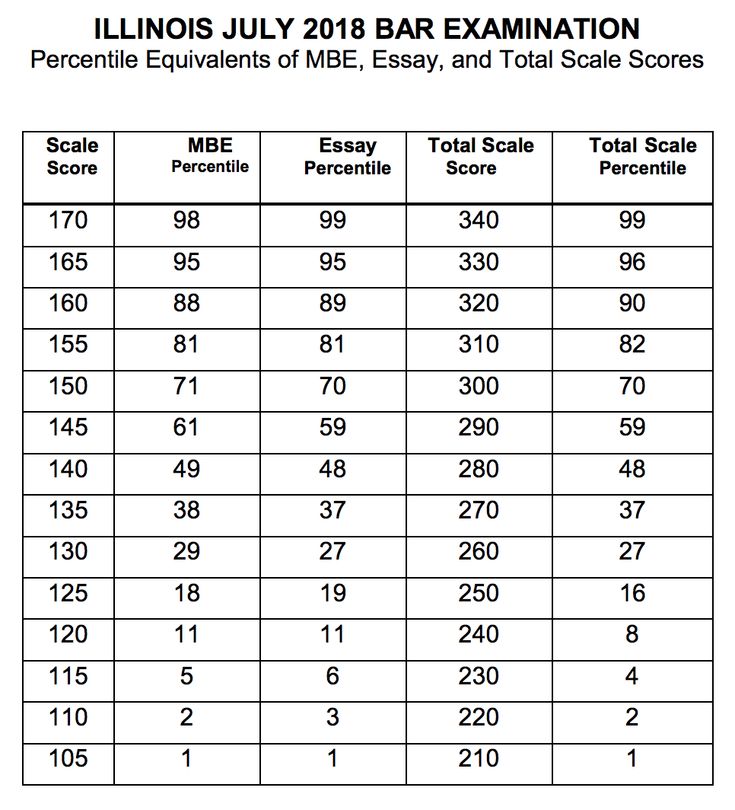
- Folded sofa bed is quite compact. Probably only two adults can sit on it freely. But when disassembled, it turns into a full-fledged bed.
- The slatted bottom makes it very comfortable to sleep on. The body really rests. The direction of the rails is different in different parts. This is done for greater strength and convenience. The slats are inserted into special holders, so the slatted bottom does not ride, as in many beds.
- The mattress is fairly firm and wide. Consists of foam.
- The mattress consists of two parts, which are connected by a zipper. I want to draw your attention to the fact that the connection of the two parts is located in the lower part, due to which the connecting seam is in the legs and is practically not felt. And in a dream it does not cause any discomfort at all, as in many standard sofas.
- The unfolding part is on wheels that move easily on the floor. And the part that is responsible for the sofa in the assembled state is on legs.
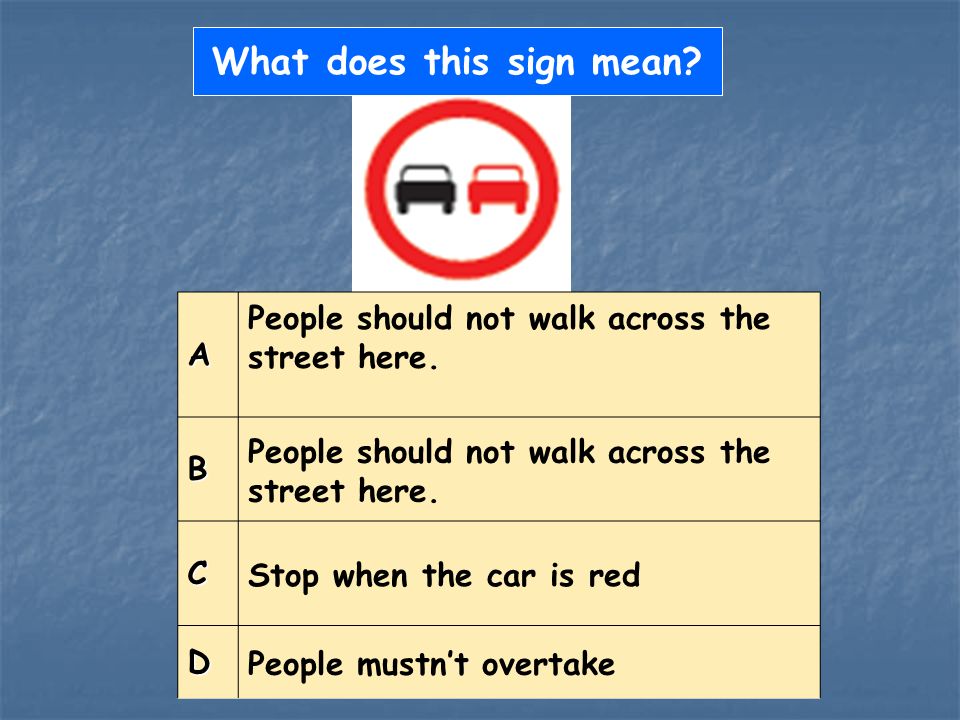 So he does not move from side to side and is practically motionless.
So he does not move from side to side and is practically motionless. - The mattress is attached to the frame itself by Velcro, sewn to the mattress in 4 places. Two - on one edge and two - on the opposite. Fasten well.
- Sofa bed - relatively light. It can be moved without making a titanic effort.
- Assembling this sofa will not be difficult for a man. It comes with clear instructions. It is without words, but everything is very intelligible and specific. Ikea
- Mattress upholstery is pleasant. In light grey. Stitched.
- Removable cover. It is worn only in the assembled state. Very dense and soft. I have it in beige. There are different colors, if desired, you can buy separately for a shift. The cover is heavy, about three kilograms, probably.
- Mattress fabric, although light gray, is not easily soiled. And in which case it is easy to clean.
- The price tag on it, if you look at it like that, is generally ridiculous. At the moment 13999.
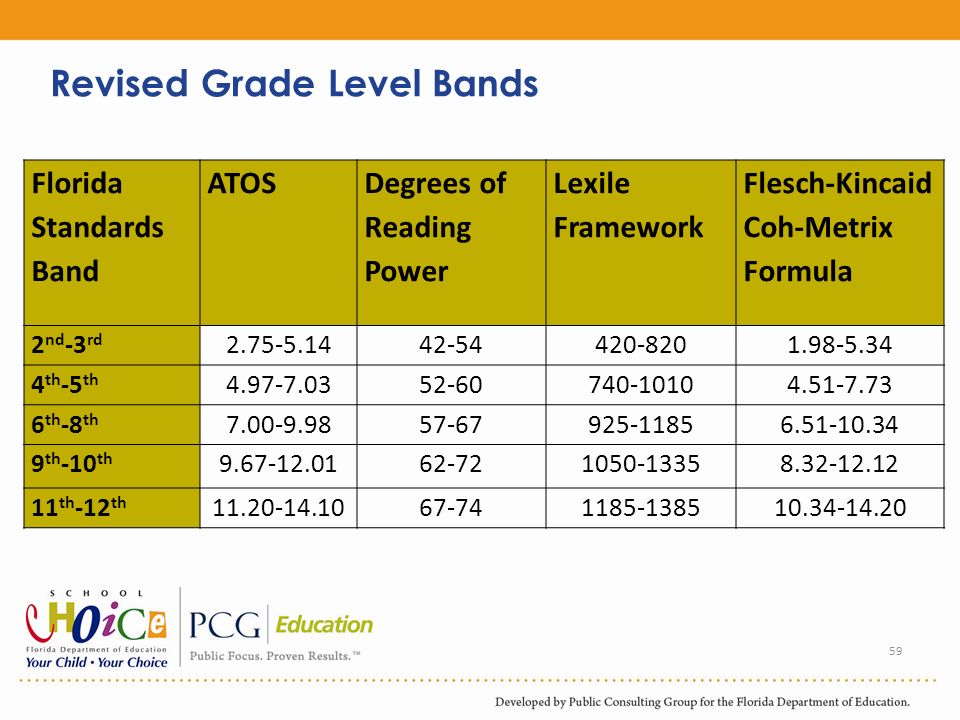
- It is possible to additionally purchase a box for it. But we don't need it.
- Very simple unfolding mechanism. Accordion. But in case you suddenly forget how to do it, a mini-instruction is pasted on the sofa itself on the front wall of the frame. Convenient
Of the shortcomings (but this is exactly in my opinion)
- Not for everyday disassembly - collection. Not because it's hard to do, but because it's hard to put on a cover. As I said above. He's heavy. And without it, it does not hold its shape quite firmly if you fidget and jump on it (this is if you have children) And I have them. Already two But we do not collect it. So everything suits us. Therefore, the cover is removed to the pantry, and, unfortunately, there is no photo in the assembled state and in the cover.
- When unfolded, the headboard has no backrest. And yet, in the process of sleep, he slightly moves away from the wall, forming a gap. Yes, and bullshit, you think.
 But in our case, the baby’s nipple constantly falls into this very gap, which is why we have to climb in the dark to look for it.
But in our case, the baby’s nipple constantly falls into this very gap, which is why we have to climb in the dark to look for it.
These are all the shortcomings, in my opinion, but if you look at it this way, then this is not critical either. And with such an abundance of advantages, these are not shortcomings at all.
In general, I advise everyone.
Yes, by the way, we also have a chair of the same series. Since children love to sleep with us, we put a sofa bed and an armchair together. So we got this huge bed.
How to Get Lexile Reading Measures
Lexile Reading Measures
Students receive a Lexile reading score from a reading test or program. We do not offer a proprietary test that reports Lexile scores. Instead, we partner with state education departments and test publishers to create scores or link to existing scores that can report student reading scores as Lexile scores.
Your students are most likely to receive Lexile reading scores. More than 35 million students in all 50 states receive Lexile scores, and more than 65 popular reading tests and programs and 25 state assessments report Lexile scores. Review products that report Lexile reading metrics.
More than 35 million students in all 50 states receive Lexile scores, and more than 65 popular reading tests and programs and 25 state assessments report Lexile scores. Review products that report Lexile reading metrics.
Lexile Text measures
Teachers, librarians, and readers can easily find content with Lexile text measures.
A book, article, or piece of text receives a Lexile text measure when it is analyzed by our text complexity algorithm. We work with over 200 publishers and have about 300,000 books. We also partner with major national periodical database service providers such as EBSCO, GALE and ProQuest to provide Lexile with measures for newspaper and magazine articles, as well as encyclopedia and reference content.
Thanks to these partnerships, today more than 100 million articles and websites provide Lexile tools for their reading material. Check out the publishers and products that provide Lexile text measures.
.
Understanding the Lexile Framework | Scholastic
Teachers share two intuitions:
- Texts can be ordered according to the complexity each presents to the reader.
- Readers can be evaluated by the success of each of them with a particular text.
Teachers use these two spaces to match readers with text. Good knowledge of the text is useful because "text matters" (Hiebert, 1999). But text ordering or alignment is only half the equation. We also need to evaluate the level of readers. These two steps are necessary to ensure that the right books can be found by the right reader at the right time. When teachers intuitively achieve this overlap, they are encouraged by students choosing to read more.
When texts are selected that are relevant to all aspects of the reading process, the reader is truly targeted. The target reader benefits from a caring adult (teacher, media professional, parent) who takes the time to understand the reader not only in terms of reading level, but also in terms of interests, motivation, developmental maturity, prior knowledge, purpose.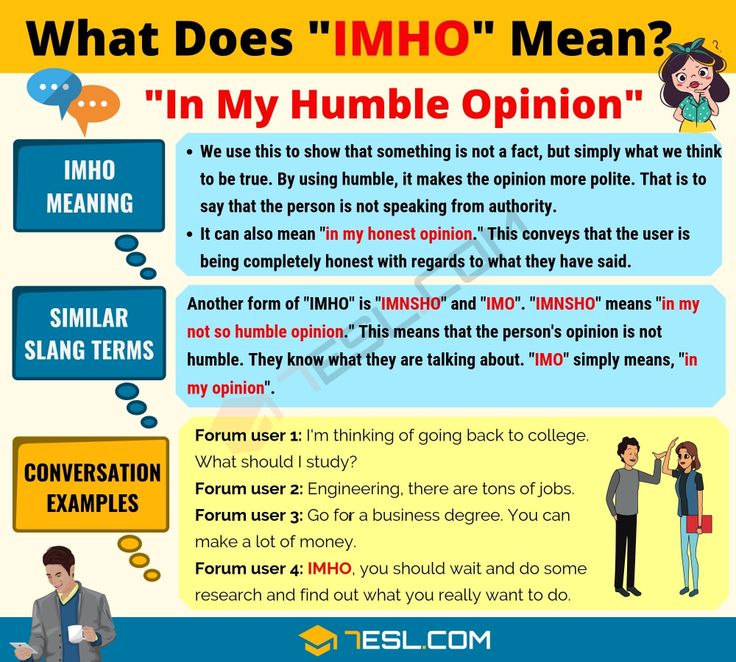 reading and accessible scaffolding. An ideal or “targeted” context for reading practice and increasing comprehension can be created when this caring adult guides the student in selecting appropriate reading material (Five, 1986). The objective reality is that the target readers understand most of the passages they read. The subjective reality is that they report confidence, ability, and control when reading. Finally, target readers prefer to read, and therefore read more and read better. Purposeful reading is self-affirming, enjoyable, and productive. Poorly focused reading can be discouraging or worse; this can be frustrating for students who don't want to read or don't like to read.
reading and accessible scaffolding. An ideal or “targeted” context for reading practice and increasing comprehension can be created when this caring adult guides the student in selecting appropriate reading material (Five, 1986). The objective reality is that the target readers understand most of the passages they read. The subjective reality is that they report confidence, ability, and control when reading. Finally, target readers prefer to read, and therefore read more and read better. Purposeful reading is self-affirming, enjoyable, and productive. Poorly focused reading can be discouraging or worse; this can be frustrating for students who don't want to read or don't like to read.
The best of my teachers were gifted diagnosticians who seemed to have a second idea of the next chapter or book I should read. They built on my strengths the right mix of success and failure, ups and downs, clarity and confusion. As a student, I felt focused and targeted. However, it can take decades for teachers to hone their intuition, learn a collection of 200 books in a classroom from the lowest book to the highest level, and perfect field methods to improve readers.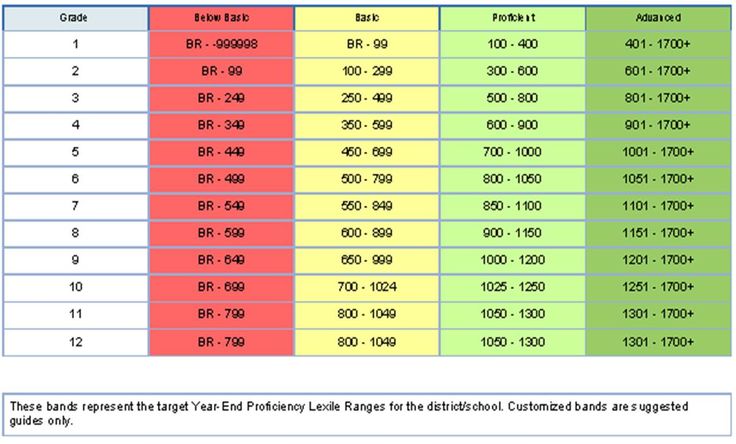 And since the result of these thousands of hours of professional practice is private, non-tradable metric for simultaneously ordering books and rating readers, the profession as a whole is not advancing.
And since the result of these thousands of hours of professional practice is private, non-tradable metric for simultaneously ordering books and rating readers, the profession as a whole is not advancing.
Lexile Framework®
Lexile Framework is a system for measuring texts and readers in one metric. When both the reader's Lexile Score and the book's Lexile Score are known, a prediction can be made about the success a reader will have with that book. Tens of thousands of books now have Lexile measurements and tests such as the Scholastic Reading Inventory or SRI (print and online versions). Stanford 9, North Carolina End of Grade Test, upcoming Metropolitan 8 and other notable reading achievements. the tests were linked to the Lexile Framework. Such links allow users of these tests to request equivalent Lexile measures for any given score. The teacher, librarian, or parent can then look up the reader's Lexile score on the website and create a customized, targeted reading list for that reader.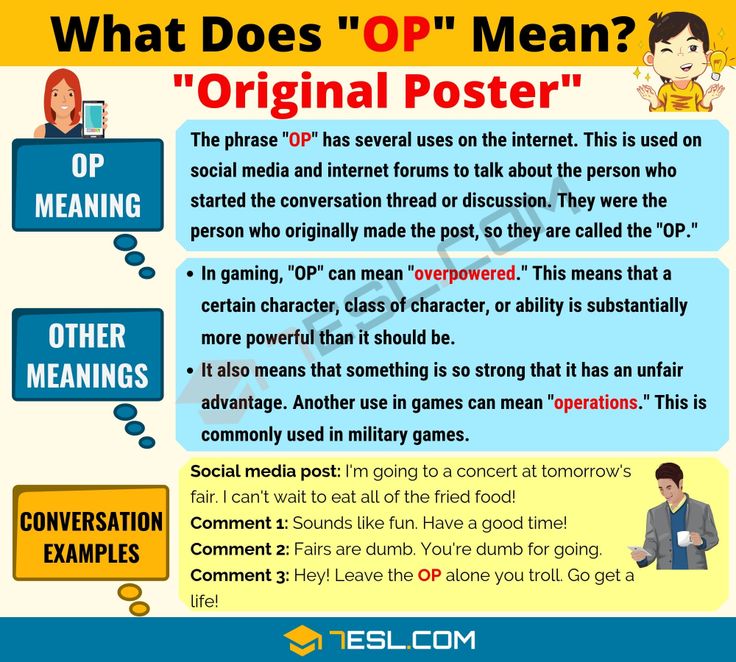
Former Assistant Superintendent of Schools in North Carolina, Dr. Suzanne Triplett, states:
The Lexile Framework demonstrates what good teachers try to do anyway, which is to assess where a student is and find material that will challenge them and not will be so difficult that he will lose motivation. The problem is that as children move into elementary school, differences in texts and among students increase dramatically. As the choice of materials expands and the range of reading skills expands, it becomes increasingly difficult for teachers to draw accurate conclusions about where children are and what materials are appropriate for them. Using the Lexile Framework, schools can take the guesswork out of this equation and quickly select appropriate material for their students. their development.
"Empowerment" has become a buzzword, but it's a key benefit of the Lexile Framework - it gives students, parents, teachers, and administrators accurate information that empowers them. With the Lexile measure, you know exactly where the student is in terms of the absolute reading comprehension scale, and you know exactly what steps they need to take to reach a higher level of reading.
With the Lexile measure, you know exactly where the student is in terms of the absolute reading comprehension scale, and you know exactly what steps they need to take to reach a higher level of reading.
The Lexile Framework is a tool that can be combined with other tools, methods and strategies to optimize learning. The Lexile Framework provides an open standard and public replaceable metric for measuring text and readers.
The Lexile Map
The Lexile Map is a visual representation of the reading continuum from first grade texts (100L) to advanced school texts (1200L). The Lexile Map combines nouns (books) with numbers (lexical measure). Every book ever written in English has a theoretical place on this map. Once measured, a book occupies a unique and unchanging position relative to any other book. In this sense, the Lexile measure is absolute in the sense that it does not depend on other books that can be measured or on reader performance that can be observed. The reader can be visualized as "moving", moving up the Lexile map, each on an individual growth trajectory, encountering various new and enriching texts. If we plotted the growth trajectory of the "poor" reader, we would find that most of the assigned reading registers are above the growth trajectory - sometimes much higher (250L +). In contrast, for the "good" reader, we find that most of the assigned indicators turn out to be below the growth trajectory - often much lower. The consequence of this is that "bad" readers are strengthened in the belief that they cannot read for the sake of meaning, and "good" readers receive the reinforcement they can. There are no "good" or "bad" readers in the absolute sense of the word. Understanding is relative; it's a simple reader-to-text mapping function. We can control the level of the text and thus control the motivational consequences of reading an "on" and "off" target.
The reader can be visualized as "moving", moving up the Lexile map, each on an individual growth trajectory, encountering various new and enriching texts. If we plotted the growth trajectory of the "poor" reader, we would find that most of the assigned reading registers are above the growth trajectory - sometimes much higher (250L +). In contrast, for the "good" reader, we find that most of the assigned indicators turn out to be below the growth trajectory - often much lower. The consequence of this is that "bad" readers are strengthened in the belief that they cannot read for the sake of meaning, and "good" readers receive the reinforcement they can. There are no "good" or "bad" readers in the absolute sense of the word. Understanding is relative; it's a simple reader-to-text mapping function. We can control the level of the text and thus control the motivational consequences of reading an "on" and "off" target.
History of the shoe store
Some time ago, I went to a shoe store and asked for fifth grade shoes. The clerk looked at me suspiciously and asked me if I knew how different shoe sizes are for eleven-year-olds. Also, he pointed out that the size of the shoe is not as important as the purpose, style, color, etc. But if I specify the characteristics and size I want, he could go back and quickly reappear with a few options to my liking. He also noted somewhat condescendingly that the store used the same metric to measure the foot and shoes, and when there was a match between the foot and the shoe, the shoes wore out, there was no pain, the buyer was happy and became a repeat customer. size 8. After a short transaction, I received my shoes.
The clerk looked at me suspiciously and asked me if I knew how different shoe sizes are for eleven-year-olds. Also, he pointed out that the size of the shoe is not as important as the purpose, style, color, etc. But if I specify the characteristics and size I want, he could go back and quickly reappear with a few options to my liking. He also noted somewhat condescendingly that the store used the same metric to measure the foot and shoes, and when there was a match between the foot and the shoe, the shoes wore out, there was no pain, the buyer was happy and became a repeat customer. size 8. After a short transaction, I received my shoes.
Then I went to my favorite bookstore in my neighborhood and asked for a science fiction novel for fifth grade. Without hesitation, the clerk and I walked over to the shelf, where she offered me three options. I chose one and went home with The Hobbit, a 1100 liter classic that I read three times. I later learned that my son was reading at 850L.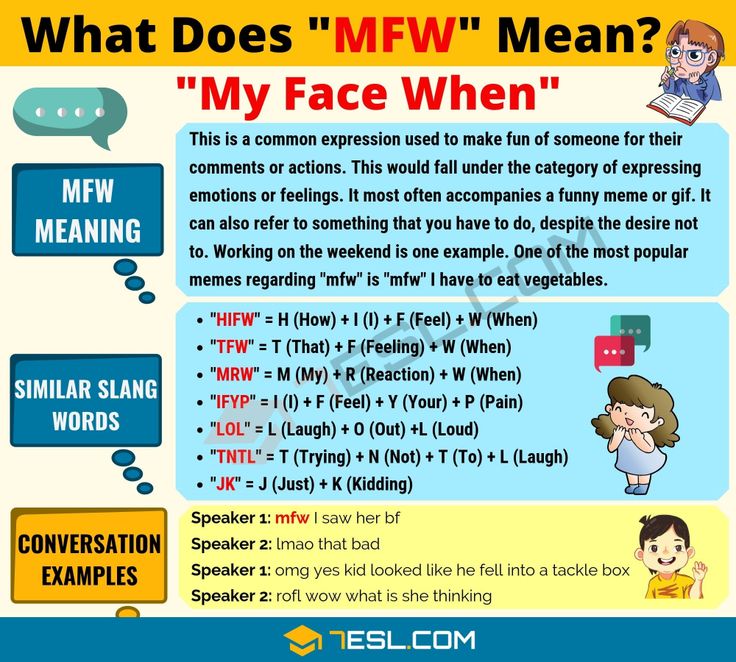 His understandable response was that he abandoned the book in favor of passionate free throw practice in the driveway.
His understandable response was that he abandoned the book in favor of passionate free throw practice in the driveway.
Today we can apply the Lexile Framework to avoid this mismatch. It can bring the art of good teaching and the science of technology to the classroom, library or living room near you.
References
Five, C.L. "Fifth Graders React to Changed Reading Program." Harvard Educational Review, 56 (1986): 395-405.
Hiebert, Elfriede, H. "Text matters in teaching reading." CIERA report, no. 1-001 (November 1998).
Lexile Framework: Achievement Map . Durham, NC: Meta Metrics, 1997.
Adapted from Jack Stenner, Matching Students to Text: The Target Reader.
.
How to Get a Lexile Measure
Lexile Reader Measurements
Students receive a Lexile Reader score from a reading test or program. There is no specific Lexile test. Instead, we partner with state education departments and test publishers to create scores or link to existing scores that can report student reading scores as Lexile measures.
If you haven't seen your child's Lexile score, look at their latest standardized test scores or ask their teacher. There's a good chance your child has passed one or more of the Lexile reader tests. More than 35 million students in all 50 states receive Lexile scores, and over 65 popular reading tests and programs and 25 state assessments report Lexile scores. Review products that list Lexile read rates.
Measures Lexile Text
It's also easy for parents and educators to find reading materials in Lexile text sizes. Today, over 100 million books, articles, and websites display Lexile measures in their reading material.
A book, article, or piece of text receives a Lexile text measure when it is parsed by our text complexity algorithm. We cooperate with more than 200 publishers and have about 300,000 books. We also partner with major national periodical database service providers such as EBSCO, GALE and ProQuest to provide Lexile with measures for newspaper and magazine articles, as well as encyclopedia and reference content. Check out the publishers and products that provide Lexile text measures.
Check out the publishers and products that provide Lexile text measures.
If you don't see the Lexile text size printed on a book, you can often find them with our tool Lexile® Find Book . You can also use the Find a Book feature to search for books that match your child's interests and are within your child's Lexile reading range.
.
About Lexile Codes - Lexile
AD: Adults
Picture books are often referred to as AD or "adult-oriented" because they are usually read to a child rather than a child reading them on their own. Imagine a parent reading a book to a child on the couch, or a teacher reading a book aloud to the class. While these books appear to be easy to read, some picture books may still present a challenging independent reading experience for the age-appropriate reader due to the complexity of the text, book layout, or design.
Take, for example, Where the Wild Things Are by Maurice Sendak (HarperCollins), a favorite read-aloud book for preschoolers.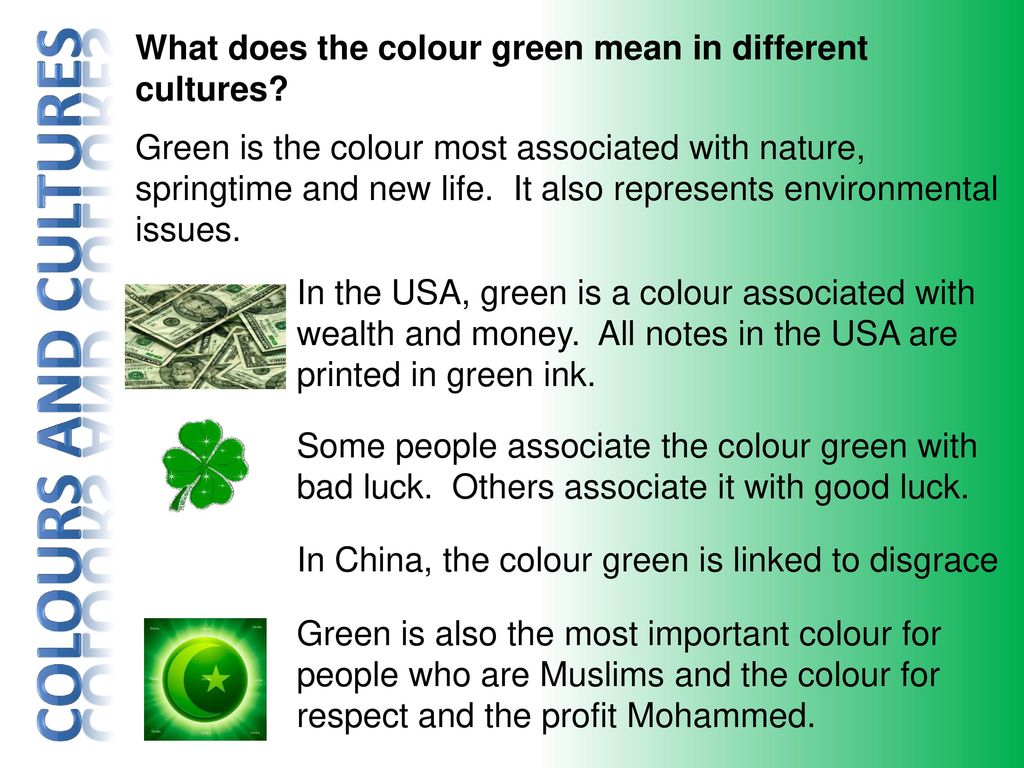 However, it has a Lexile text size of 740L, which is about the average reading ability for a child finishing fourth grade. If you look closely at the text, you can see why it gets a "higher" Lexile score than its intended audience. The sentences are long and contain fairly high-level vocabulary such as "prank", "personal", "grind", and "prank". A parent or educator would help the preschooler verbalize these words and decipher these long sentences. So the book has the code AD (adult) and the measure is AD740L.
However, it has a Lexile text size of 740L, which is about the average reading ability for a child finishing fourth grade. If you look closely at the text, you can see why it gets a "higher" Lexile score than its intended audience. The sentences are long and contain fairly high-level vocabulary such as "prank", "personal", "grind", and "prank". A parent or educator would help the preschooler verbalize these words and decipher these long sentences. So the book has the code AD (adult) and the measure is AD740L.
In addition, picture books may contain design elements that may make it visually difficult for a child to read. Factors such as font size, typeface, page layout, legibility, and the relationship between images and text can greatly affect reading comprehension. The story and illustrations in Where the Wild Things Are are perfect for young children. But the lines of text are close together and the sentences are scattered across several pages, often in long horizontal lines.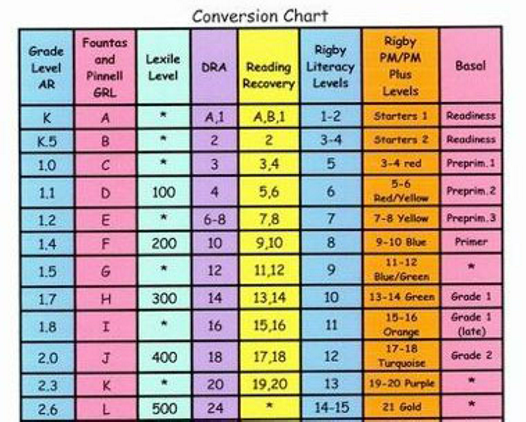 These design elements can affect a child's ability to read a book on their own, even if the complexity of the text is well chosen. Initially, a more advanced reader may need to read the book with a child.
These design elements can affect a child's ability to read a book on their own, even if the complexity of the text is well chosen. Initially, a more advanced reader may need to read the book with a child.
Top
NC: Mismatch
Gifted readers sometimes have trouble finding books that challenge their reading skills but have age-appropriate content. The NC code helps identify those books that scored higher in text scores Lexile, but suitable for a younger audience.
For example, Seymour Simon's book Amazing Aircraft (SeaStar Books) has the code NC900L. It says "Grades 1-3" on his spine, but his Lexile score is higher than that of a typical elementary school student. This book may be difficult to read for most students in grades 1-3, but it is interesting and interesting for students whose reading ability is above average. Thus, the book is coded NC (non-compliance) and will be suitable for students in grades 1-3 with a Lexile reading score of level 900L or so.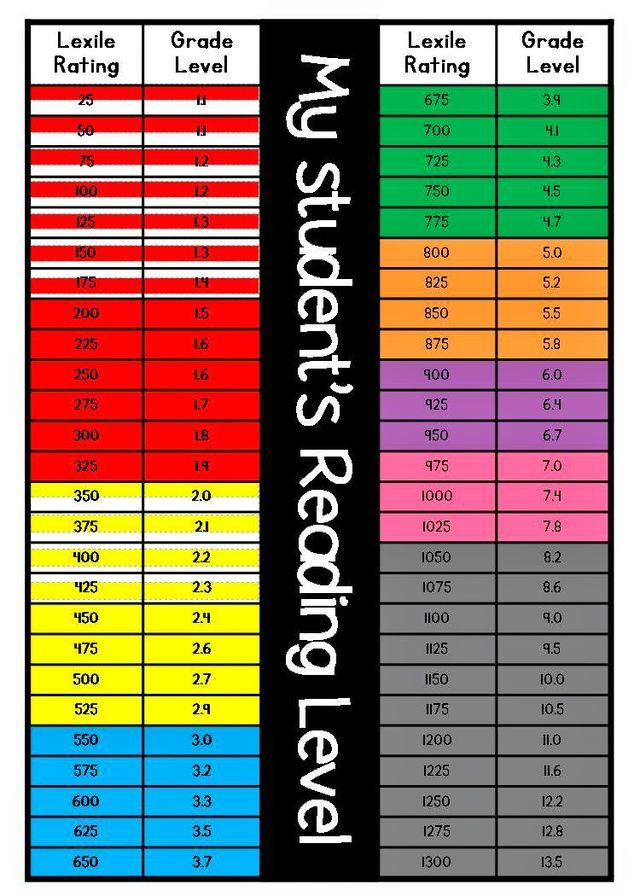
Top
HL: high-low
A text labeled "HL" has a Lexile score that is much lower than the average reading ability of its intended reader age range. Librarians and booksellers sometimes refer to young adult books with disproportionately low Lexile scores as "high-low" books, meaning "high interest" plus "low readability." These books receive an HL code. HL fiction books are often helpful in matching older (seventh grade and up) struggling or resisting readers with text at both the appropriate level of difficulty and the appropriate level of development.
Despite short sentences and basic vocabulary, HL books are intended for readers at a more mature level of development. For example, Beth Gooby's book Sticks and Stones (Orca Soundings) is classified as a young adult book and has a size of 430L, the average Lexile reading for second graders. like dating and gossip. Therefore, the book has the code HL430L.
Top
IG: illustrated manual
The IG code applies to books that consist of independent parts or sections of text, such as an encyclopedia or a glossary. These text chunks could be moved around without affecting the overall linear flow of the book. IG nonfiction books are often used as reference rather than being read in their entirety like a storybook. Their distinctive textual characteristics include:
These text chunks could be moved around without affecting the overall linear flow of the book. IG nonfiction books are often used as reference rather than being read in their entirety like a storybook. Their distinctive textual characteristics include:
- Technical vocabulary, definitions and pronunciation guides in parentheses or contrast
- Integration of illustrations and diagrams into the text
- Quotations, factoids and other marginal categories
- Presentation of each individual topic on one or two pages 5 These characteristics text does not necessarily affect reading comprehension or development relevance. Instead, the IG code gives an indication of the type of book and what it will typically be used for in a classroom or library
Birds of Prey Dr. Gerald Legg (Franklin Watts Library) is coded IG. There are separate paragraphs on the page, which are more like signatures from several sentences. The specific reading order is not indicated by the layout and is not important for understanding. Thus, the book measure is IG980L.
Thus, the book measure is IG980L.
Top
GN: graphic novel
The GN code indicates that the book is a graphic novel or comic book. Graphic novels usually contain a higher percentage of dialogue than books in most other genres. They also typically lack some required textual dialogue conventions, such as placing "she said" after the quoted sentence, as illustrations are used to indicate spoken text. The impact of image support on reading comprehension is not reflected in the Lexile dimension of a graphic novel. Dancing: A Ballerina Graphic Novel (Aladdin) , written by Siena Herson Siegel and illustrated by Mark Siegel, has the code GN610L.
See also this article from Edutopia on the educational value of using graphic novels and comics in the classroom.
Top
BR: Beginning Reader
Beginning Reader (BR) is a code intended for readers and text that are below 0L on the Lexile scale. In some cases, for readers, the BR code is followed by a number and the letter L (eg.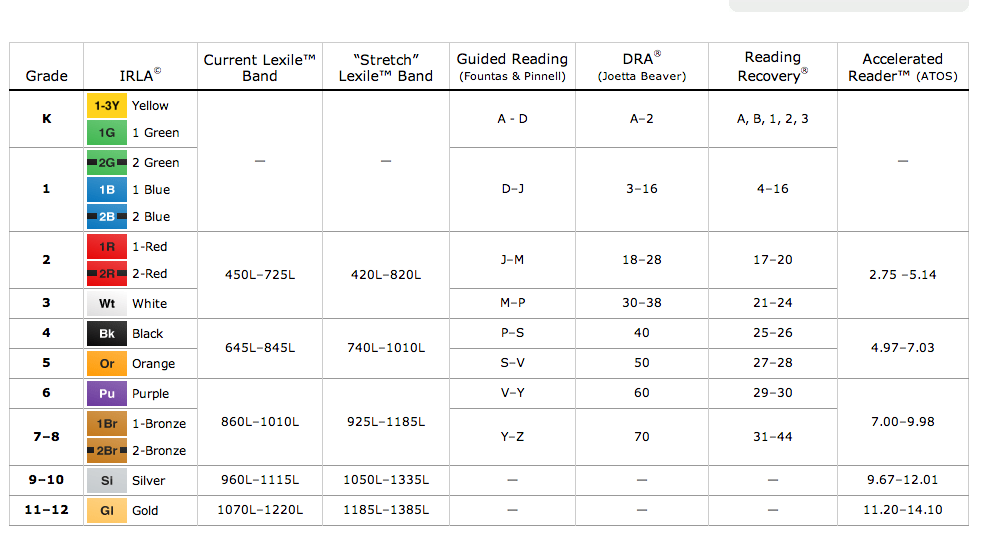 g., BR150L). Measurement of the Lexile BR150L reader shows that the measurement of the Lexile reader is 150 units below 0L. The smaller the number after the BR code, the higher the level of the reader or text. The higher the number, the less complex the text or the less experienced the reader.
g., BR150L). Measurement of the Lexile BR150L reader shows that the measurement of the Lexile reader is 150 units below 0L. The smaller the number after the BR code, the higher the level of the reader or text. The higher the number, the less complex the text or the less experienced the reader.
Note that Beginning Reader (BR) is the only Lexile code that applies to both readers and text. All other codes apply only to text. Learn more about the Beginning Reader code and the latest improvements to more accurately match the Beginning Reader to text.
Goodnight Gorilla by Peggy Rathmann (Random House) is a BR book with lexical measure BR50L.
Top
NP: Non-Prose
Some books do not receive Lexile text codes because they are not prose. These books may contain poems, plays, songs, recipes, and text with irregular or missing punctuation. The NP code is for any book containing more than 50% non-standard or non-standard prose. NP books do not receive Lexile measures, only NP code.

